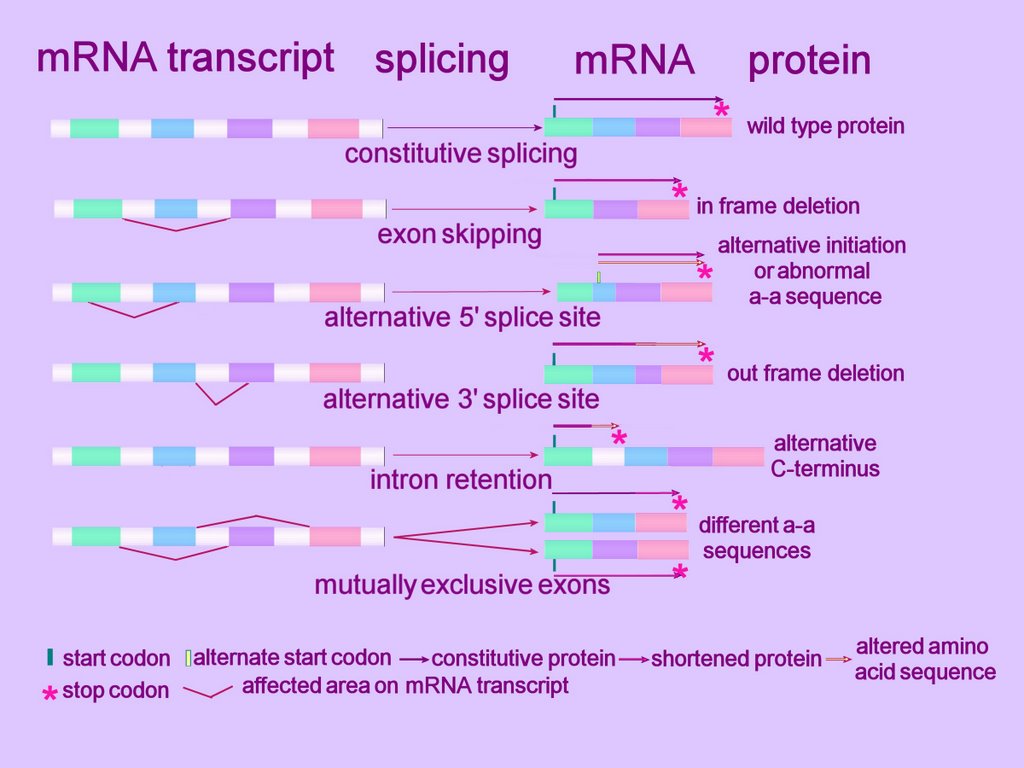

However, in order to react still more efficaciously against this sliding. Production grade React applications that scale. Now in this case, i'm having trouble to understand how that works or why it's here. It has actually decreased in the case of the ordinary splice joint with wooden. I understand (correct me if i'm wrong) that the splice() function can take 2 or more arguments : the first one is the index telling what position to add/remove items, the second one is the number of items to add/remove, and the next arguments being the items we want to add (but i don't use it here since i only want to remove the selected item and add it to the first hand). Used for e-commerce and delivery, navigation, emergencies and more. Now everything works fine, but i don't understand the at the end of the let randPokemon = hand2.splice(randIndex, 1) line. Every 3 metre square of the world has been given a unique combination of three words. I have 8 cards, and i need to randomly assign 4 cards to 2 players. There is also the vm.$nextTick() instance method, which is especially handy inside components, because it doesn’t need global Vue and its callback’s this context will be automatically bound to the current Vue instance: Vue.I'm doing a react/javascript exercice and i'm having some trouble understanding the use of splice() in it. var myFish angel, clown, mandarin, sturgeon var removed myFish.
Splice react code#
Syntax: slice (): arrayname.slice (s, e) splice (): arrayname.splice (i, n, item 1, item 2. Anima is transforming the design to development workflow: design to code (Figma / XD / Sketch to React / Vue / HTML), design system automation (Storybook to. There are various differences between them which are listed in the table below. The methods slice () and splice () are widely used methods for array manipulations. Since Vue performs the getter/setter conversion process during instance initialization, a property must be present in the data object in order for Vue to convert it and make it reactive. There are many methods associated with these arrays. The splicing reactions for spliceosomal introns are very similar to those of.
Splice react update#
Vue cannot detect property addition or deletion. This reaction separates the intron from the 3' exon and ligates the two. To remove an item from a state array in React, call the filter () method on the array, specifying a test that every item in the array apart from the one to be removed will pass, then update the state with the result of filter () with setState. When to use the slice method and when to use the splice method in javascript this confusion is cleared in this video. However, there are ways to circumvent them to preserve reactivity. Here is the code var arr 'item 1', 'item 2', 'item 3', 'item 4' arr.splice(index where item to be added or removed, number of items to remove) This function has 2 required parameters and all other are optional. Later on when a dependency’s setter is triggered, it notifies the watcher, which in turn causes the component to re-render.ĭue to limitations in JavaScript, there are types of changes that Vue cannot detect. To add or remove values from any position of an array in JavaScript, we can use splice () function.
Splice react install#
One caveat is that browser consoles format getter/setters differently when converted data objects are logged, so you may want to install vue-devtools for a more inspection-friendly interface.Įvery component instance has a corresponding watcher instance, which records any properties “touched” during the component’s render as dependencies. Adding to an array push () will mutate an array, which you don’t want: App.js App. Within Kapwing, creators can splice and combine video clips, trim and cut inline, add transitions, overlay text and images, generate subtitles, and upload. Updating Objects explains what mutation is and why it’s not recommended for state. In React, you will be using slice (no p ) a lot more often because you don’t want to mutate objects or arrays in state.

The getter/setters are invisible to the user, but under the hood they enable Vue to perform dependency-tracking and change-notification when properties are accessed or modified. splice mutates the array (to insert or delete items). Since you want to either add new elements to the array or update existing elements, you will first need to search the array to determine which operation you need to do. This is an ES5-only and un-shimmable feature, which is why Vue doesn’t support IE8 and below. The splice() method changes the contents of an array by removing or replacing existing elements and/or adding new elements in place. When you pass a plain JavaScript object to a Vue instance as its data option, Vue will walk through all of its properties and convert them to getter/setters using fineProperty. Watch a video explanation on Vue Mastery How Changes Are Tracked


 0 kommentar(er)
0 kommentar(er)
